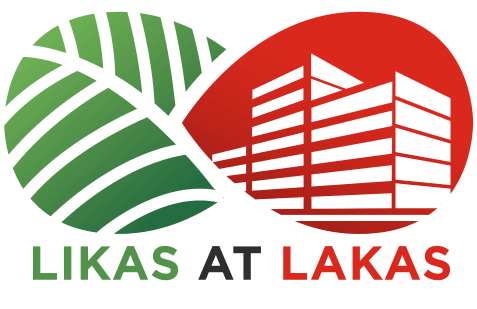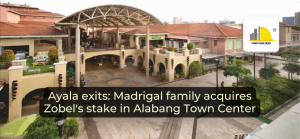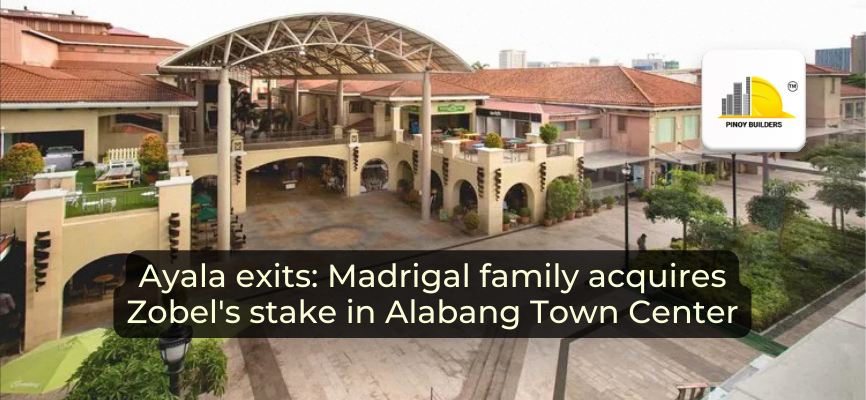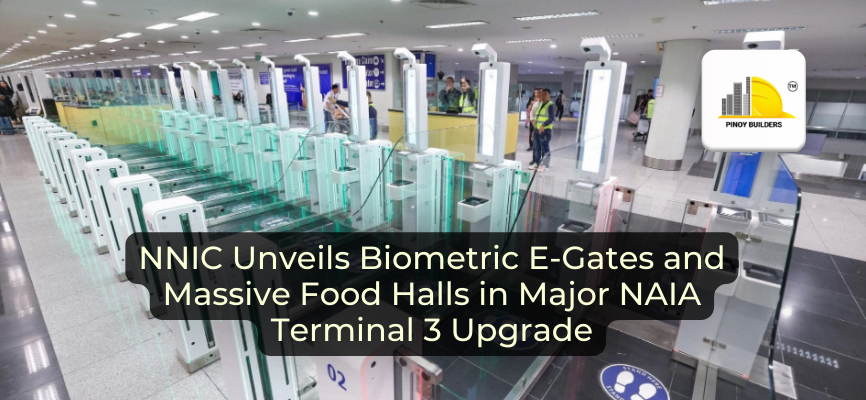The rainy season in the Philippines often means stronger rains and higher water levels. For many communities, the season also means adjusting daily routines and finding ways to stay safe when floodwaters rise. Flooding can interrupt work, damage property, and affect businesses, which is why preparation makes a big difference.
What’s inspiring is how Filipinos continue to come up with smart and practical flood control systems. From homegrown innovations to community-wide solutions, these ideas show how resilience and creativity can protect both homes and livelihoods.
In this article, we will explore six innovative flood control systems that can help safeguard your home and business during the rainy season.
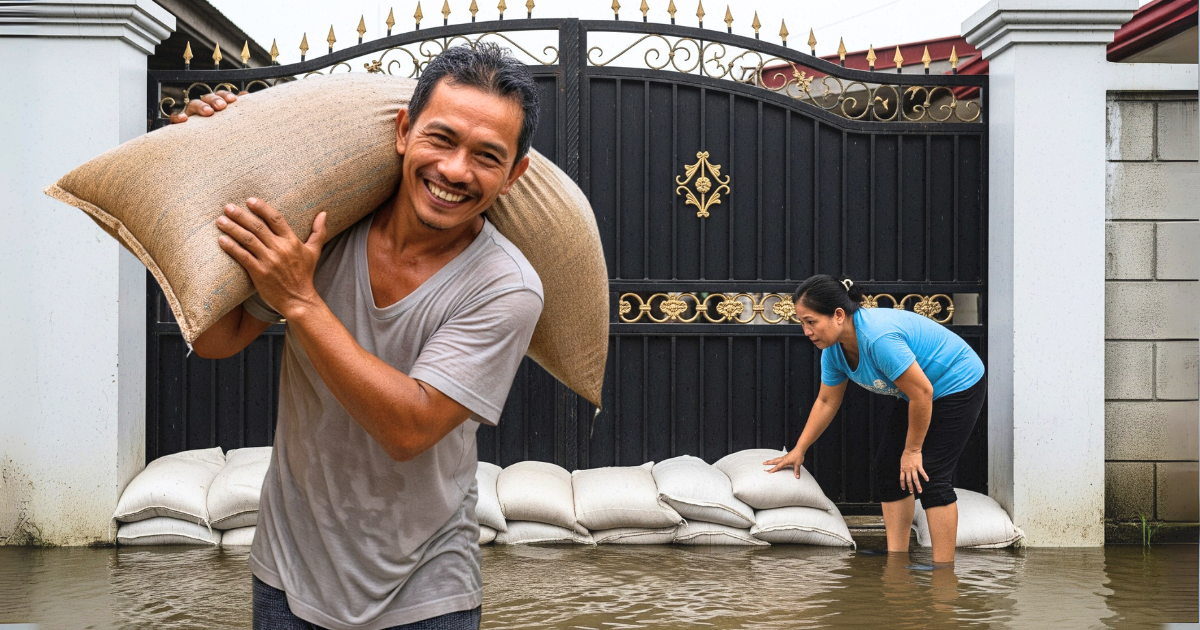
6 Innovative Flood Control Systems that Can Protect Your Properties
1. Portable Water-Pressure Barriers
When floodwaters rise, many people find themselves unprepared, and the situation is even more difficult for those living in low-lying areas.
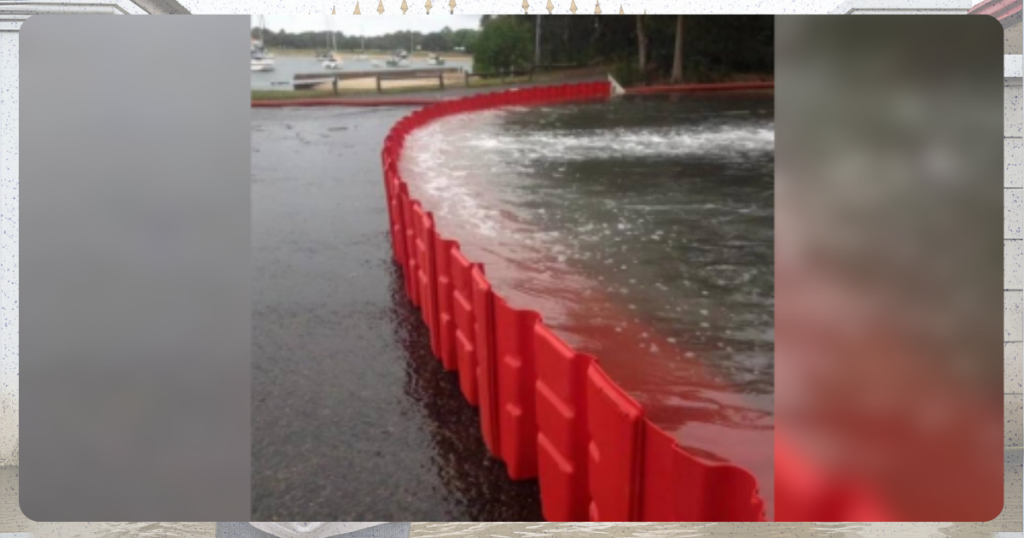
Portable water-pressure barriers offer a practical solution. They work by using the very force of water to block rising floods. Made from durable materials, these barriers can be rolled out quickly before water levels climb. As the barriers fill, the pressure of the water keeps them firmly in place, creating a reliable shield until the flood subsides.
Because they are reusable and simple to set up, these barriers provide an effective option for both households and larger communities.
2. Modular Block Systems
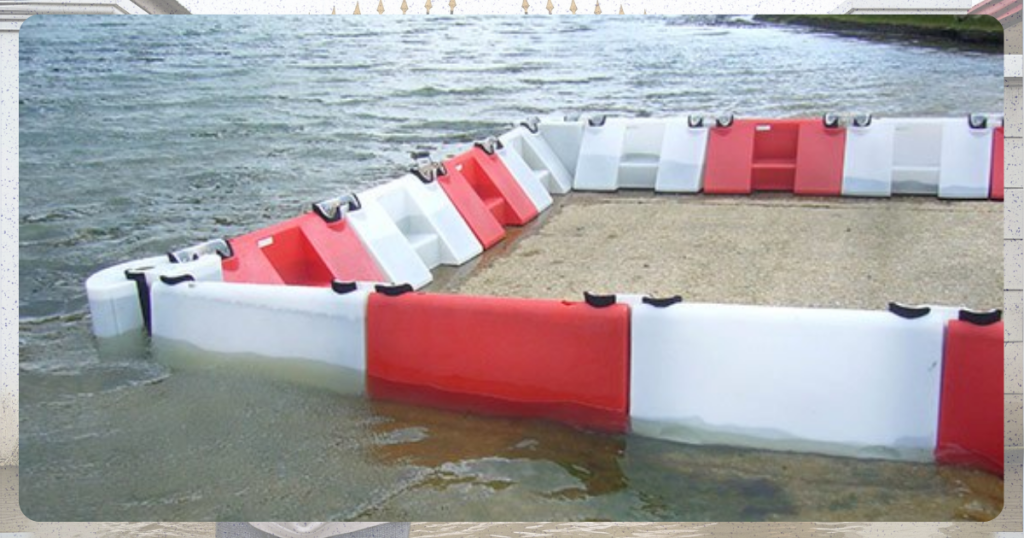
Another form of instant flood proofing is the modular block system, which works much like building with toy blocks. The blocks interlock and can be stacked to create barriers of different heights. Some designs even self-fill with water, forming a tight seal similar to portable water-pressure barriers.
These barriers can be removed just as quickly when not needed, making them a practical solution for properties and businesses that require temporary protection.
3. Water-Filled Flood Barrier Tubes
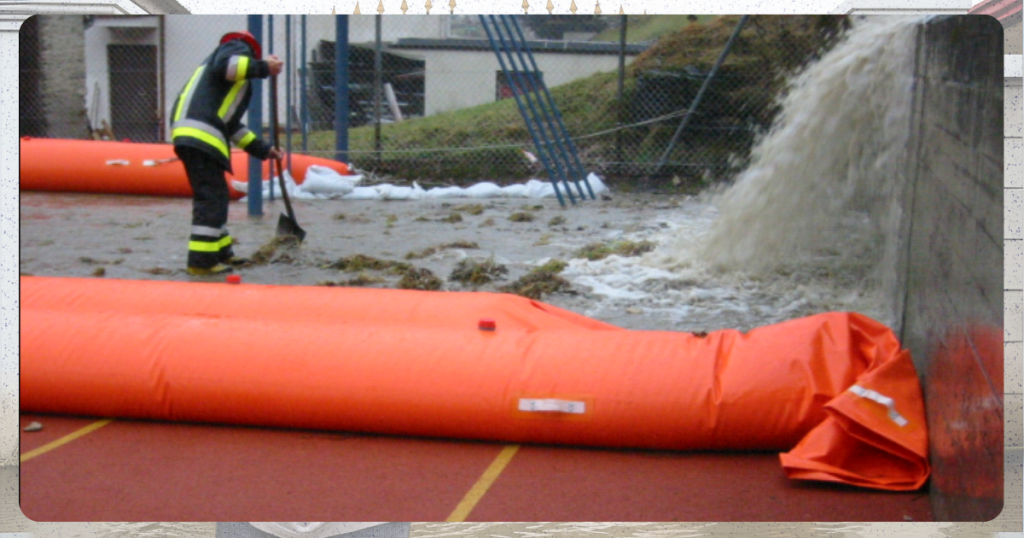
Another clever system uses long, heavy-duty tubes that fill with water from nearby sources. These act like flexible walls that can block and redirect floodwaters. Compact when stored but powerful when deployed, they offer protection without requiring large teams or heavy labor. For many homeowners, this design provides an efficient way to shield property with minimal effort.
4. Absorbent Flood Barriers
For doorways, garages, or storefronts, absorbent barriers shaped like socks or pads offer a simple but effective solution. They expand rapidly when in contact with water, sealing off entry points and preventing further seepage.

These are particularly useful for smaller spaces or quick setups, giving households and small businesses an instant layer of defense.
5. Removable Door and Window Guards
Floodwater usually enters through the weakest parts of a structure, such as doors and windows. Removable guard systems are built to seal these openings whenever rising water is expected.
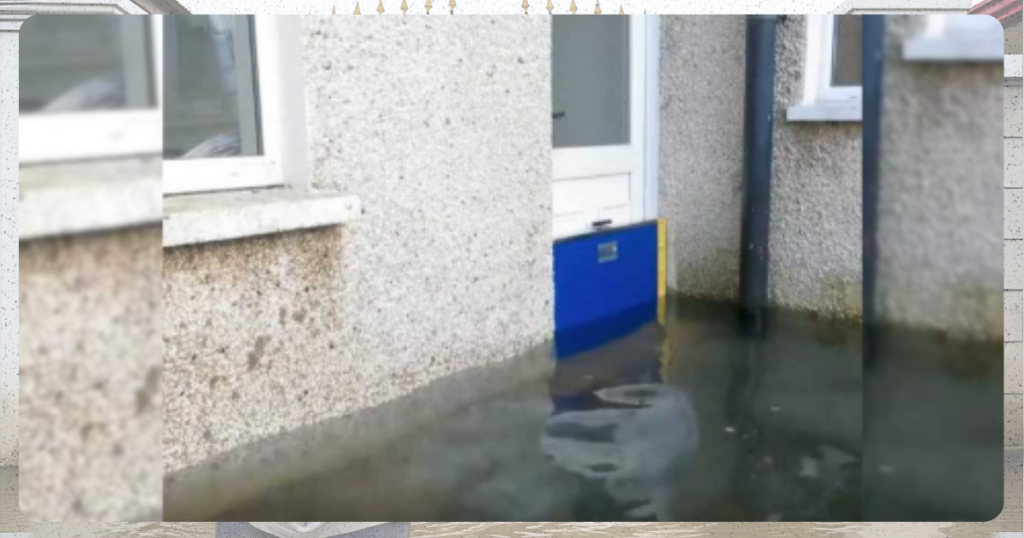
These guards are easy to install, offering convenience for both homes and businesses. Once the danger has passed, they can be removed and stored for future use. Their flexibility makes them a practical choice for urban homes and shops that need temporary yet dependable protection.
6. Nature-Based Hybrid Defenses
Not all solutions are man-made. Many communities now turn to nature-based systems, combining engineering works with resources such as mangroves, wetlands, and vegetated barriers. These slow down floodwaters, reduce soil erosion, and support healthier ecosystems.
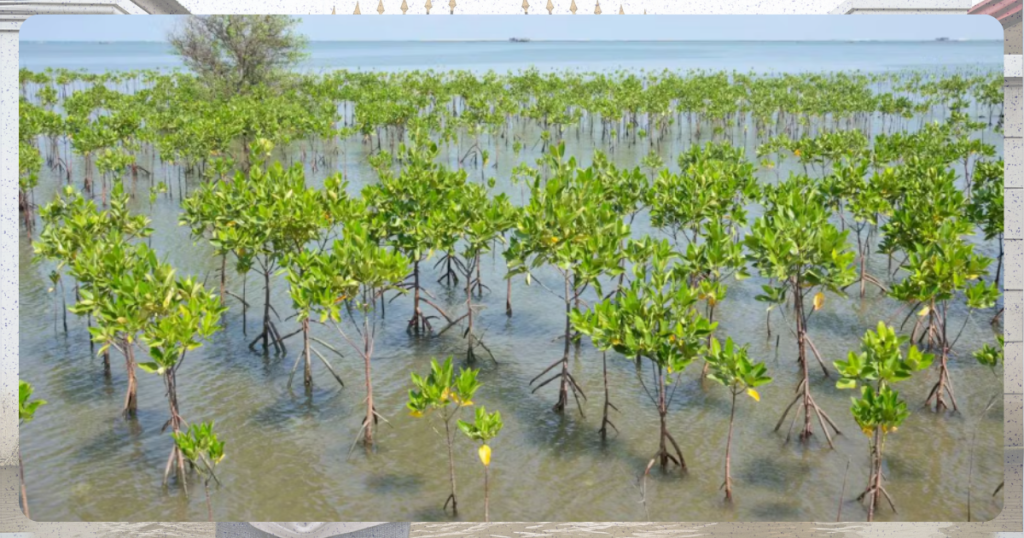
Nature-based hybrid defenses are designed not only to protect homes and farmlands but also to benefit communities, creating spaces like greener landscapes, improved fisheries, and new recreational spaces.
In the Philippines, several master plans already include these concepts:
- Buayan–Malungon River Basin in Mindanao: Proposals focus on mangrove restoration, improved drainage, and removing old dikes that worsened flooding.
- Tagum–Libuganon River Basin in Mindanao: Plans highlight wetland restoration and green river corridors to retain floodwaters and support recreation.
- Abra River Basin in Luzon: Strategies involve allowing natural river meandering, vegetation strips for erosion control, and resettling high-risk communities.
These projects, once fully implemented, can serve as strong examples of how hybrid flood defenses can be adapted to local conditions, proving that nature itself can be a powerful ally in keeping communities safe.
Discover how countries such as the Netherlands, Japan, and the United States strengthen their flood defenses. Check out their flood control projects featured in this article: Disaster Resiliency Flood Projects Around the World: Learn how the world is preparing for Major Flooding Disasters
Why Flood Control Innovations Matter
Flood control solutions today go beyond defense. They protect livelihoods, open opportunities for eco-tourism, create jobs in restoration projects, and even support food security by keeping ecosystems healthy. Blending global ideas with local ingenuity, Filipinos are finding ways to live more safely and sustainably despite the risks of the rainy season.
Building Safer Communities
The rainy season is a yearly reality, but with the right preparation, the risk of flooding can be reduced. From water-pressure barriers and modular block systems to hybrid defenses with mangroves, these six solutions show that protection is possible at every level, whether it’s for homes, businesses, or large communities.
Many rightfully turned wary after hearing that flooding has been dubbed the “new normal.” But it should not be accepted as such. With proper planning and effective use of the national flood control budget, communities can rise above this challenge. What we need are systems that are practical, sustainable, and responsive to local needs.
The Philippines is still in the midst of the rainy season, and it has proven to be something we cannot simply brush aside. Low-pressure areas often intensify into tropical storms, coming one after another, sweeping through communities, and claiming lives.
While the government manages the construction of flood control projects, this is also the time for individuals to be proactive and adopt innovative flood control systems that can help build safer, stronger, and more resilient communities across the country.
References
CNA. (2025, July 28). Philippine flooding centre stage at Marcos state of nation speech. CNA. Retrieved August 22, 2025, from https://www.channelnewsasia.com/asia/philippine-flooding-centre-stage-ferdinand-marcos-state-nation-speech-5262851
Design 1st. (n.d.). 5 New Flood Prevention Products to Replace Sandbags. Design 1st. Retrieved August 22, 2025, from https://design1st.com/5-innovative-flood-prevention-products-replace-sandbags/
DPWH. (2024, August 3). DPWH Commits to Enhanced Flood Mitigation Efforts thru Comprehensive Masterplans | Department of Public Works and Highways. DPWH. Retrieved August 22, 2025, from https://www.dpwh.gov.ph/dpwh/news/35076
Endo, I., Sagara, J., van Wesenbeeck, B., & Development Asia. (2022, 5 12). How nature-based solutions can help reduce flood risks. Prevention Web. Retrieved 08 22, 2025, from https://www.preventionweb.net/news/how-nature-based-solutions-can-help-reduce-flood-risks

